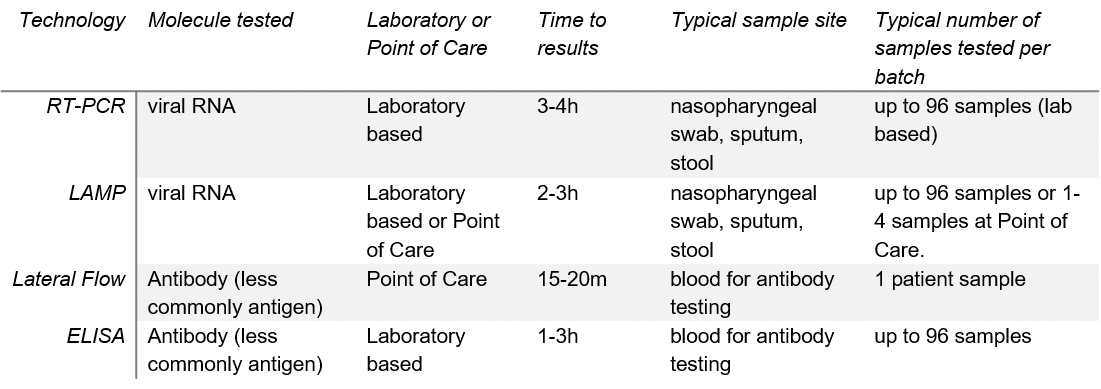

Nowadays, most PV systems are grid-connected, while off-grid or stand-alone systems account for a small portion of the market.

PV systems range from small, rooftop-mounted or building-integrated systems with capacities from a few to several tens of kilowatts, to large utility-scale power stations of hundreds of megawatts.

As PV systems convert light directly into electricity, they are not to be confused with other solar technologies, such as concentrated solar power or solar thermal, used for heating and cooling. Strictly speaking, a solar array only encompasses the ensemble of solar panels, the visible part of the PV system, and does not include all the other hardware, often summarized as balance of system (BOS). It may also use a solar tracking system to improve the system's overall performance and include an integrated battery solution, as prices for storage devices are expected to decline. It consists of an arrangement of several components, including solar panels to absorb and convert sunlight into electricity, a solar inverter to convert the output from direct to alternating current, as well as mounting, cabling, and other electrical accessories to set up a working system. Solar PV system on Zugspitze, Germany's highest mountain-topĪ photovoltaic system, also PV system or solar power system, is an electric power system designed to supply usable solar power by means of photovoltaics.Topaz, one of the world's largest solar power station, as seen from spaceīottom: commercial rooftop PV system of about 400 kW p.Westmill solar park in the United Kingdom.Middle: rooftop system in Boston, United States Solar array on rooftop in Hong Kong, China.Top: solar string inverter and other BOS components Photovoltaic power systems and components: Power system designed to supply usable electric power from solar energy


 0 kommentar(er)
0 kommentar(er)
